Roast pork belly recipes
Roasted and served with braised fennel and butter beans, or served cold with a sesame dressing: just two of our favourite pork belly winter recipes.
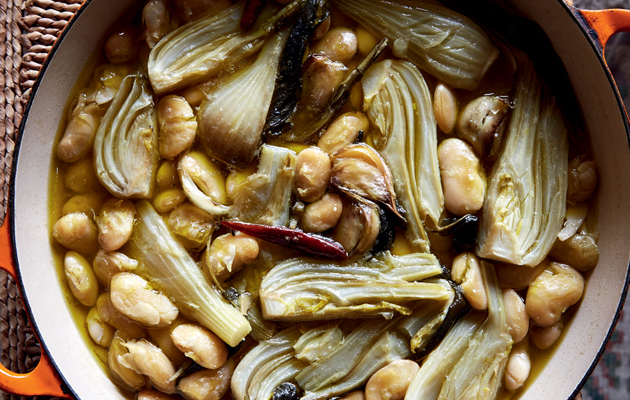

It seems to me almost laughable that it has taken so very long for the British cook to eventually embrace the pork belly as a darling of the kitchen repertoire. And, furthermore, indigenous London chefs of yesteryear should almost feel embarrassed over how often they had passed over such a high-profit cut of meat when, after all, most had spent off-duty time scoffing it as night owls, after the dinner service, in West End Chinese restaurants as a last hungry call before going home for a welcome—if brief—night's sleep.
The following two recipes call for the same piece of roast belly for each; one served cold, the other hot. Alternatively, you may wish to cook a larger piece of pork (simply double the weight), eat half of it hot one day and leave the remainder to eat cold with the salad the following lunchtime, say.
Note: I don’t mind at all that the bones remain intact when serving the pork hot—especially as I like to carve it quite thickly. However, for the salad recipe, I would advise removing the belly rib bones before carving, as thinly cut slices are what are needed here.
It’s much easier to do this with a cold cut anyway, simply by cutting with a small sharp knife flush against the bone and then easing it away from the meat with the fingers.
For roasting the belly pork:
- 1.5kg fatty belly pork with ribs, the skin thinly scored with a sharp knife (I use a Stanley knife to do this; your butcher’s knife will be almost as sharp—and possibly safer)
- Half a tbspn fennel seeds, coarsely ground in a pestle and mortar
- Plenty of freshly ground white pepper
- Fine salt
Boil a kettle, then lay the belly pork on a cooling rack over a deep tray, skin side uppermost. Slowly pour boiling water over the skin until the kettle is empty and the lines of scored skin have become visibly separate. Discard the water.
Turn the belly pork over, rub the fennel seeds and plenty of pepper over the meat, rubbing both well into the flesh. Now, turn over once more and sprinkle plenty of salt into the scored skin. Hang the meat up to dry in a cool and draughty place for 2–3 hours.
Sign up for the Country Life Newsletter
Exquisite houses, the beauty of Nature, and how to get the most from your life, straight to your inbox.
Pre-heat the oven to 445˚F/ 230˚C/gas mark 8.
Place the pork in a roasting tin, skin side up. Slide into the oven (top shelf) and roast for 15 minutes. Turn the temperature down to 350˚F/180˚C/gas mark 4 and cook for a further 40 minutes. Take the pork out, turn the oven back up to the initial temperature and then return the pork to the oven and roast for a final 10 minutes or so. Remove from the oven and leave to rest for at least 10 minutes before serving.
Naturally, when eating the pork cold, simply allow it to cool completely. And, if eating it the following day, loosely, but securely, wrap it in greaseproof paper (clingfilm will soften the crackling) and store it in the fridge.
Note: although this diversity of temperature may initially sound a little unorthodox, it does seem to help effect the best crackling; the preliminary dousing with boiling water and drying out overnight, nonetheless, also remain important key steps.
Roast belly pork with braised fennel and butter beans (serves 4)
- Roast belly pork
- 250g dried butter beans
- About 500g fennel bulbs, trimmed of any tough layers and quartered
- 1 small whole bulb of garlic, cloves peeled and left whole
- 100ml best olive oil
- 3–4 small dried chillies
- 3–4 sprigs sage
- 250ml white wine
- 1tbspn pastis (optional)
- Pepper
- Salt
Put the beans in a large, lidded, cast-iron pot (a Le Creuset is ideal), then cover well with water. Slowly bring up to the boil then switch off the heat, cover and leave for an hour.
Drain the beans in a colander, rinse them and return them to the pot. Add the fennel, garlic, oil, chillies, sage, white wine, pastis (if using) and pepper; do not add any salt at this point.
Cover with water (by about 4cm), bring up to a boil and then turn down to a simmer. Pop on the lid and allow to blip away slowly for about 1½ hours, carefully stirring occasionally so as not to break up the beans, until the beans are tender and the fennel is meltingly soft.
Only now add salt to taste, then serve with thick slices of the roast belly pork. Mustard is essential here, I think.
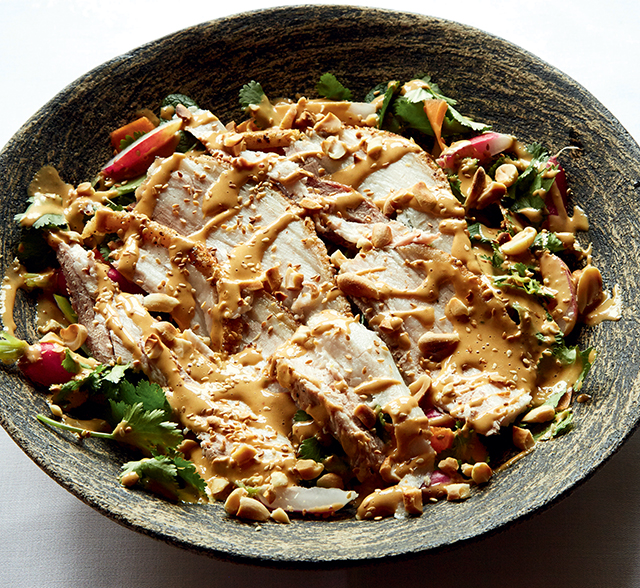
Cold belly-pork salad with sesame dressing (serves 4)
- Roast belly pork
For the dressing
- Scant tbspn made English mustard
- 1tspn sugar
- 1 clove garlic, peeled and crushed to a paste with a pinch of salt
- 1½tbspn smooth peanut butter
- 1tbsp sesame paste (tahini)
- 2tbspn toasted sesame seeds, keeping 1 tbspn back for garnishing the salad
- 1tbspn bottled chilli sauce
- 3tbspn bottled salad cream
- A little warm water
For the salad
- 1 small cucumber, peeled, deseeded and cut into strips
- 1 bunch spring onions, trimmed, washed and shredded
- 1 bunch watercress, washed and trimmed
- 1 large, mild green chilli, sliced
- A handful of fresh coriander and mint leaves—about half and half—torn up a bit
- Reserved toasted sesame seeds
Place all the dressing ingredients in a liquidiser or small food processor and purée until very smooth. Add a little warm water to thin slightly, as the consistency should emerge as something similar to pouring cream. Decant into another bowl.
Toss together the cucumber, spring onion and watercress, arrange onto four plates and spoon the dressing judiciously over each serving. Using a sharp serrated knife, cut the pork as thinly as you dare and drape the slices across the salad.
Finally, strew with sliced green chilli, toasted sesame seeds, coriander and mint. Serve forthwith.
More recipes from Country Life
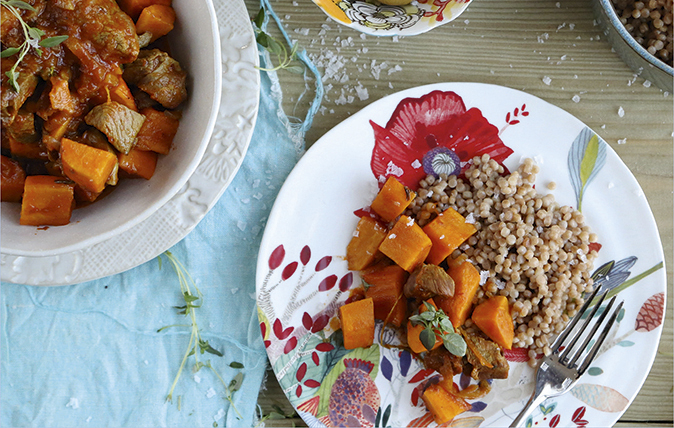
Sweet potato and lamb tagine
Chopped into wedges and served with pheasant goujons, or stewed in a lamb tagine: just two of our favourite sweet
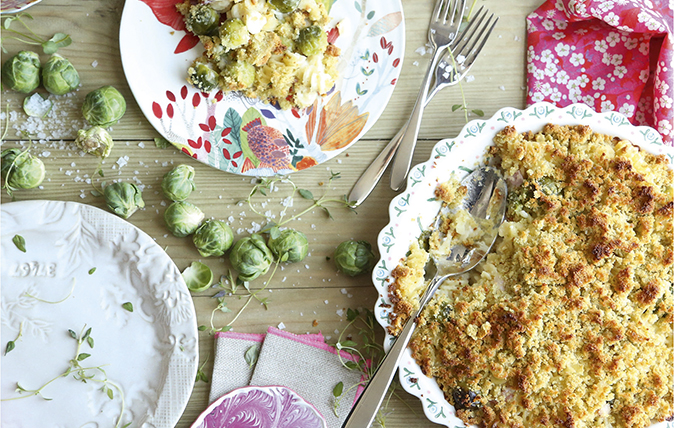
Brussels sprout macaroni and cheese with roasted pheasant crowns
Brussels sprouts are a brassica, a nutritionally rich and important family of vegetables that includes cabbages, broccoli and kale.

Tempting recipes with apples
Simon Hopkinson reveals two delicious apple recipes perfect for autumn.
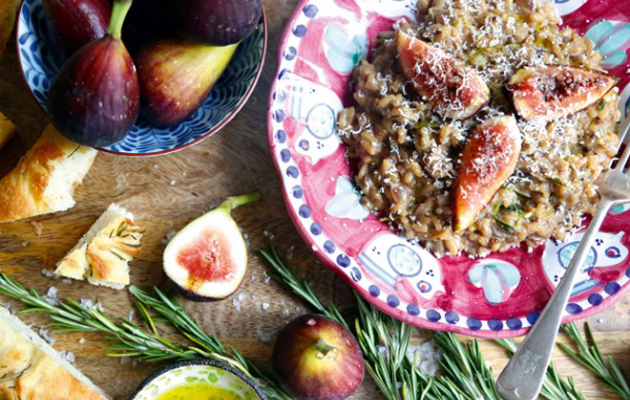
Delicious recipes with figs
Roast figs with port as as side dish, or put them into a fig, honey and almond tart this weekend:
-
 'It was like Fawlty Towers at first': How diversification keeps the country house standing
'It was like Fawlty Towers at first': How diversification keeps the country house standingFrom festivals and car shows, to spas and wedding venues, country house owners are getting creative to keep their estates alive.
-
 The world is your oyster and here is the pearl: How to spend £100,000 on a holiday
The world is your oyster and here is the pearl: How to spend £100,000 on a holidayBig budget travel is on the rise. Here's why, and how to do it properly.
-
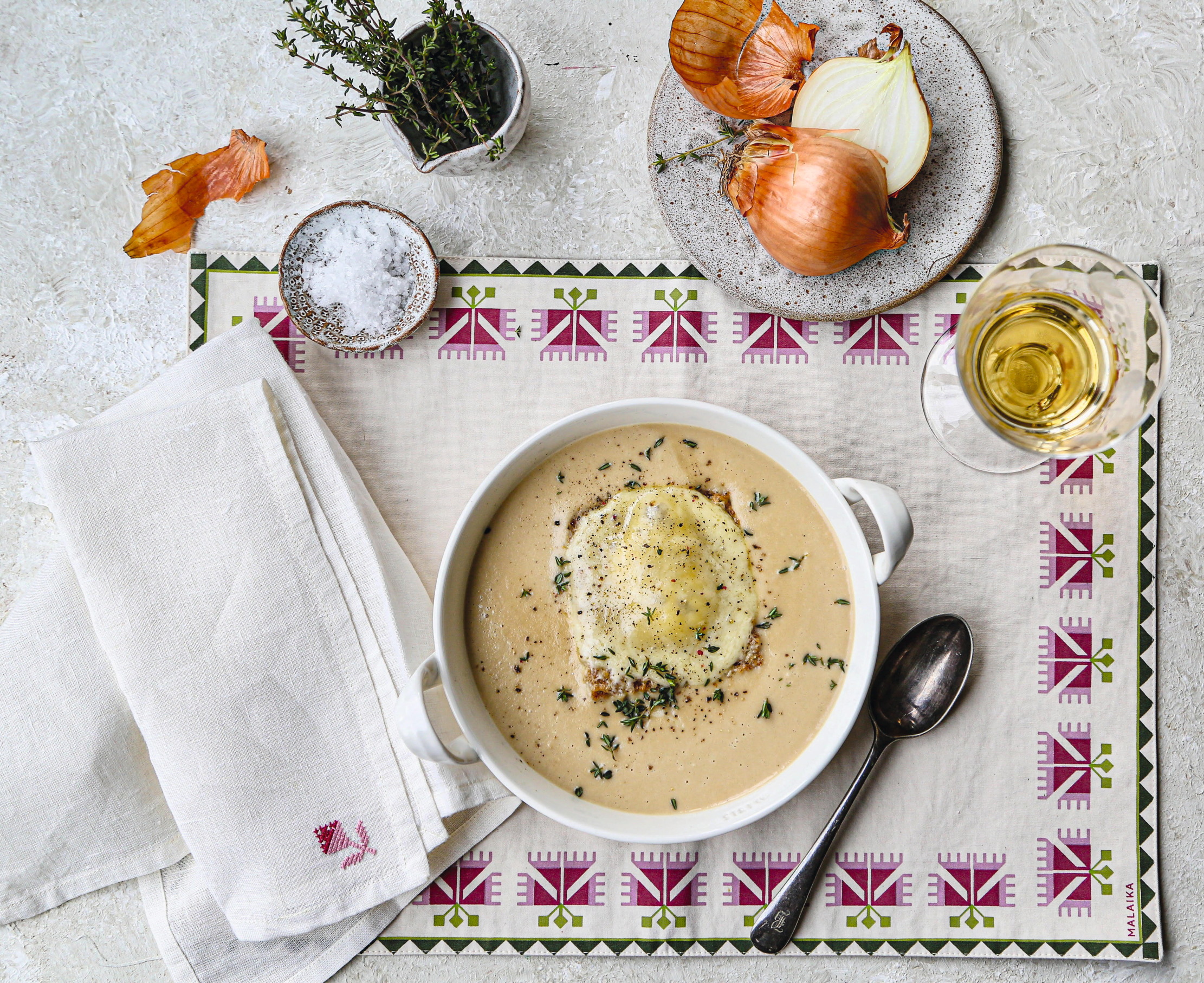 A Continental winter warmer: creamy onion soup with caramelised-onion toast
A Continental winter warmer: creamy onion soup with caramelised-onion toastSo long the bridesmaid, onions finally get their moment in the spotlight with this delicious and comforting winter soup.
-
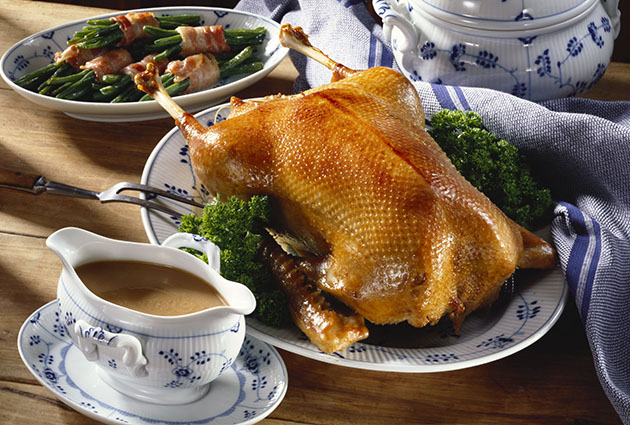 Perfect roast goose recipe from Mark Hix
Perfect roast goose recipe from Mark HixCooking the perfect Christmas goose, with delicious gravy, is a fantastic way to celebrate Christmas. Mark Hix explains how it's done.
-
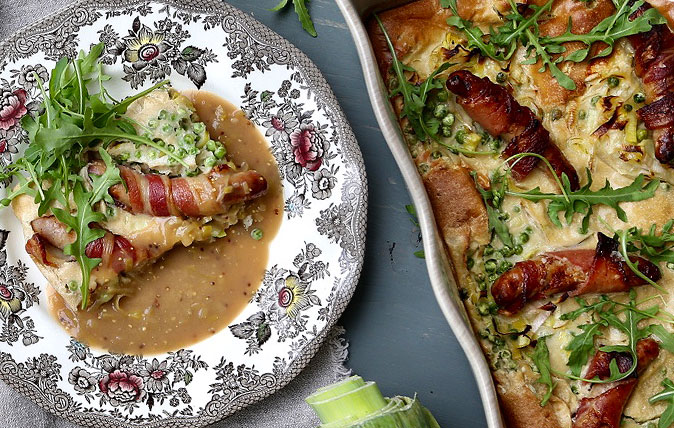 How to make Toad in the hole, the ultimate British comfort food
How to make Toad in the hole, the ultimate British comfort foodTry Melanie Johnson's recipe for toad in the hole – the ultimate British comfort food – with a twist thanks to the addition of bacon and leeks.
-
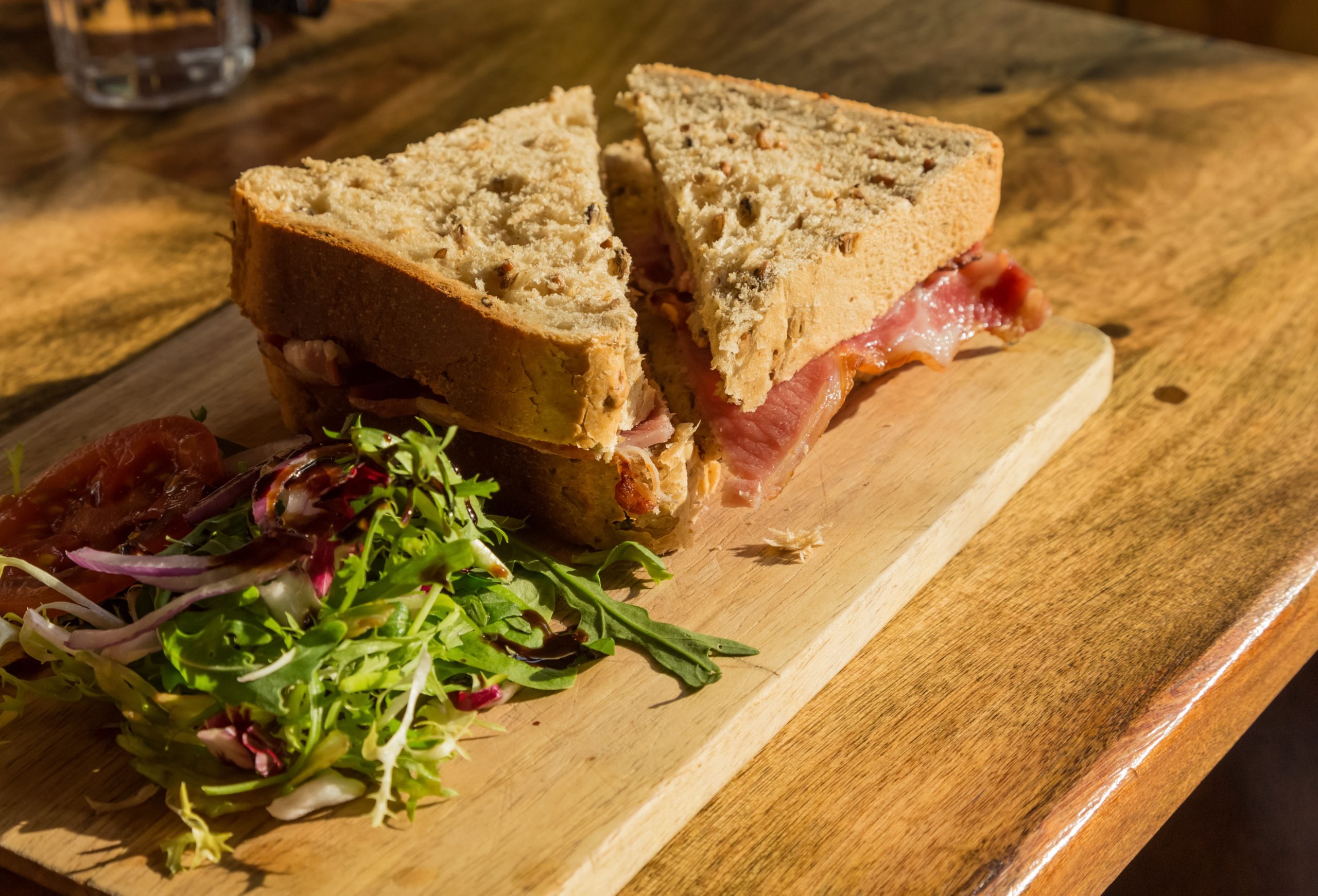 The ultimate Boxing Day bacon sandwich – with a surprise ingredient
The ultimate Boxing Day bacon sandwich – with a surprise ingredientSImon Hopkinson shares his recipe for a bacon sandwich with a perfect Christmassy twist.
-
 The step-by-step, stress-free plan for cooking Christmas lunch, by Tom Aikens
The step-by-step, stress-free plan for cooking Christmas lunch, by Tom AikensTom Aikens shares his recipes and advice for the perfect Christmas lunch: turkey, cranberry, roast potatoes and all the trimmings
-
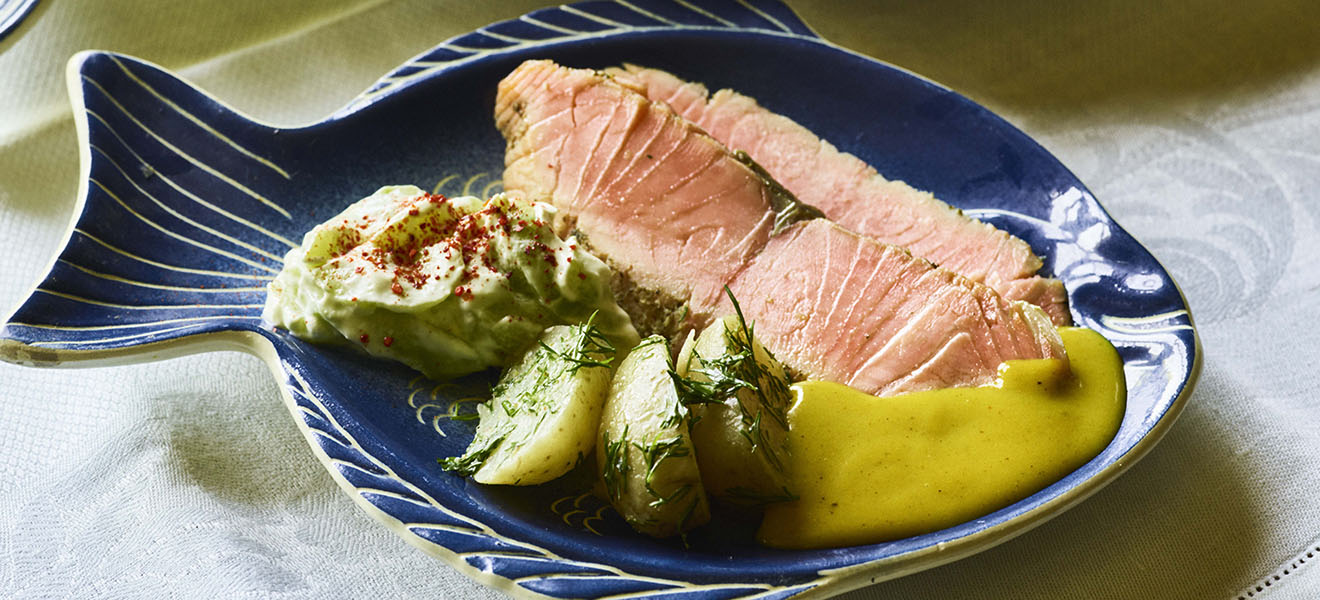 Recipe: Simon Hopkinson's Gravadlax, a delightful Swedish cured-salmon dish
Recipe: Simon Hopkinson's Gravadlax, a delightful Swedish cured-salmon dishNothing packs the same aromatic punch as a home-cured salmon flavoured with dill fronds and schnapps – and if you have too much, try poaching the leftovers. Poaching instructions before the recipe.
-
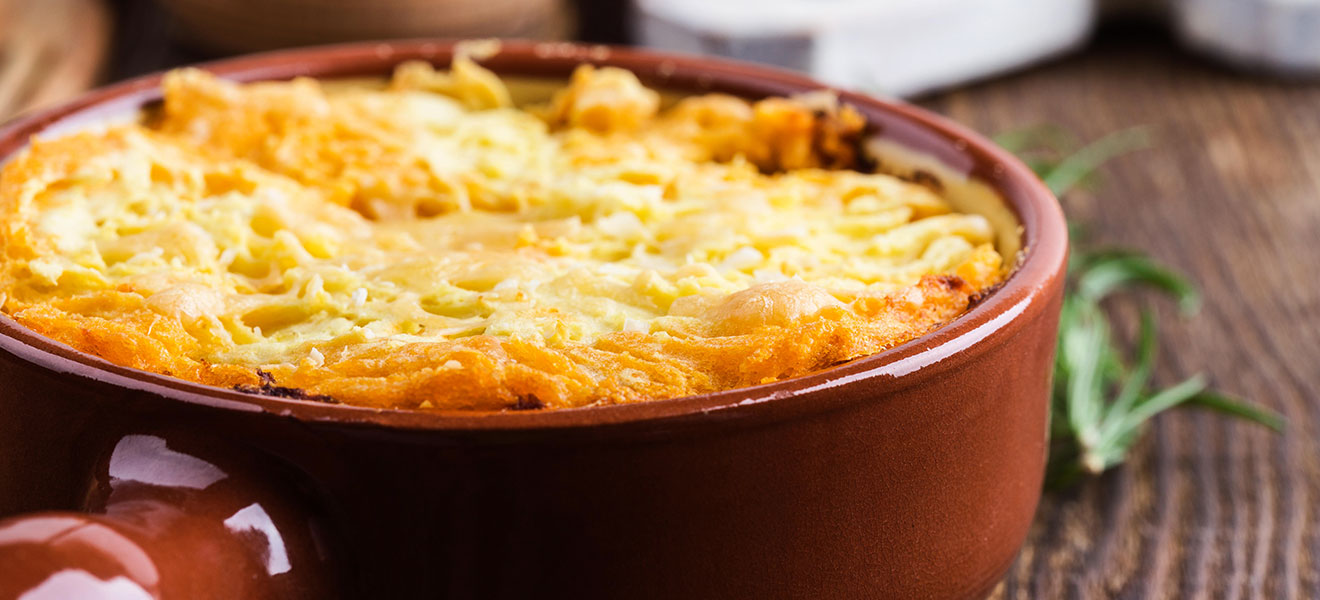 A delicious shepherd's pie recipe to take away the winter chill
A delicious shepherd's pie recipe to take away the winter chillShepherd's pie is a true British classic which always hits the spot – this delicious take on the dish comes from chef Christian Turner.
-
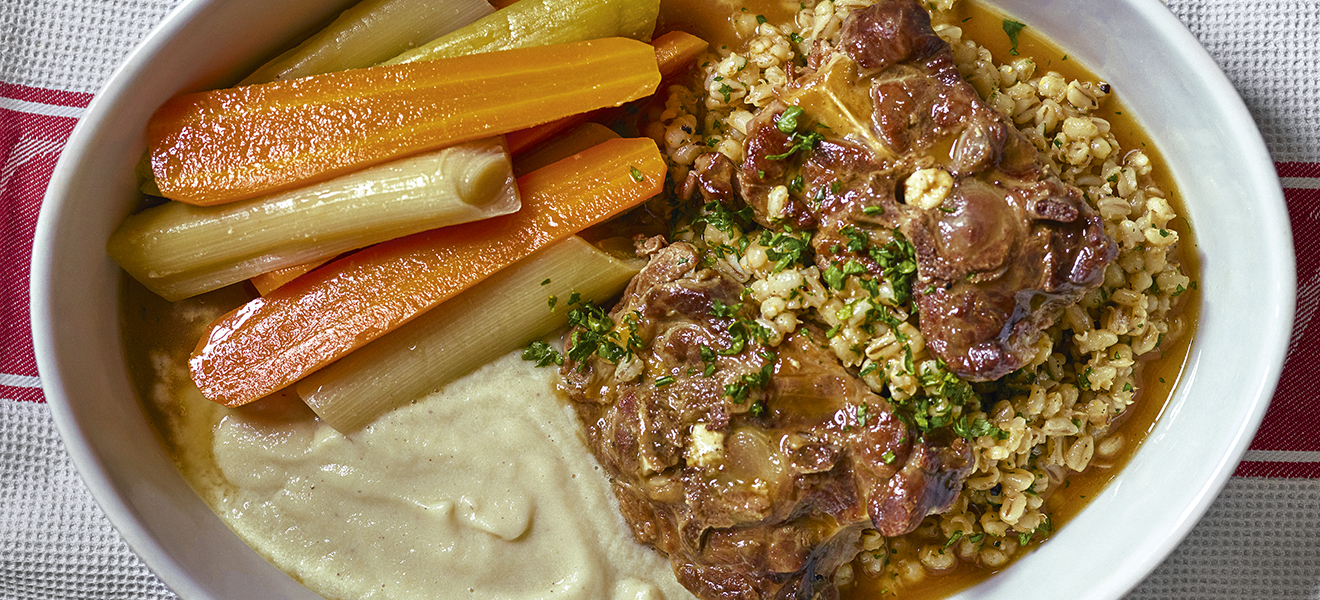 How to make a delicious Irish stew without potatoes
How to make a delicious Irish stew without potatoesAn Irish stew without potatoes might sound like a contradiction, but this lamb-neck and pearl-barley recipe gives the classic winter dish a rich twist.